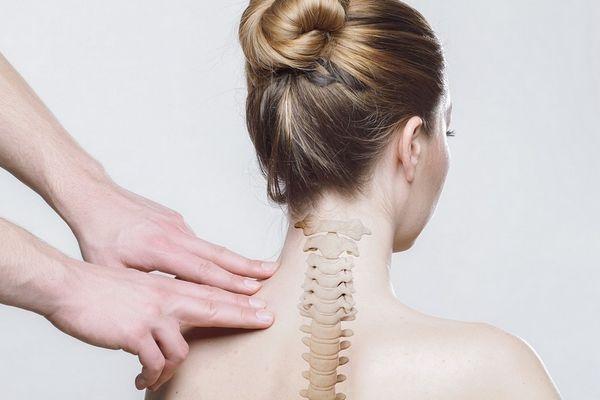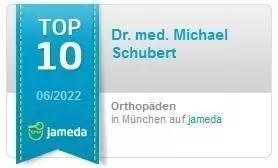Endoscopic fracture treatment
In the event of an accidental vertebral fracture with pre-existing reduced bone quality (e.g. osteoporosis), balloon cementing (kyphoplasty) of the fractured vertebral body alone is often not sufficient due to the resulting instability and resulting misalignment in the injured section of the spine.
In addition, the position must be corrected and stabilized with implants.
However, this usually requires a large skin incision and the removal of the back muscles. This leads to pronounced damage to the structures with a relevant pain burden for the patient after the procedure.
With the most modern techniques and implants, long-term stabilization and simultaneous correction of a misalignment can be introduced endoscopically via small skin punctures (percutaneously), with the entire back musculature being completely preserved.
Due to the small wound areas, the risk of infection or impaired healing is significantly lower than with the methods commonly used today.
In the hands of very experienced surgeons, the duration of the operation is significantly reduced compared to the usual open procedures, while at the same time improving the safety of the operation. The inpatient stay is considerably shortened, and the minimal postoperative pain allows immediate mobilization without the need for bed rest.
A necessary surgical treatment of the front section of the spine is not carried out via large incisions in the area of the chest, but via endoscopic/thoracoscopic techniques, with which all supplies can be carried out according to the existing problem via the smallest of accesses with video control. In this way, extensive inflammatory changes, tumors affecting individual sections of the spine, and malpositions can be treated and corrected.


